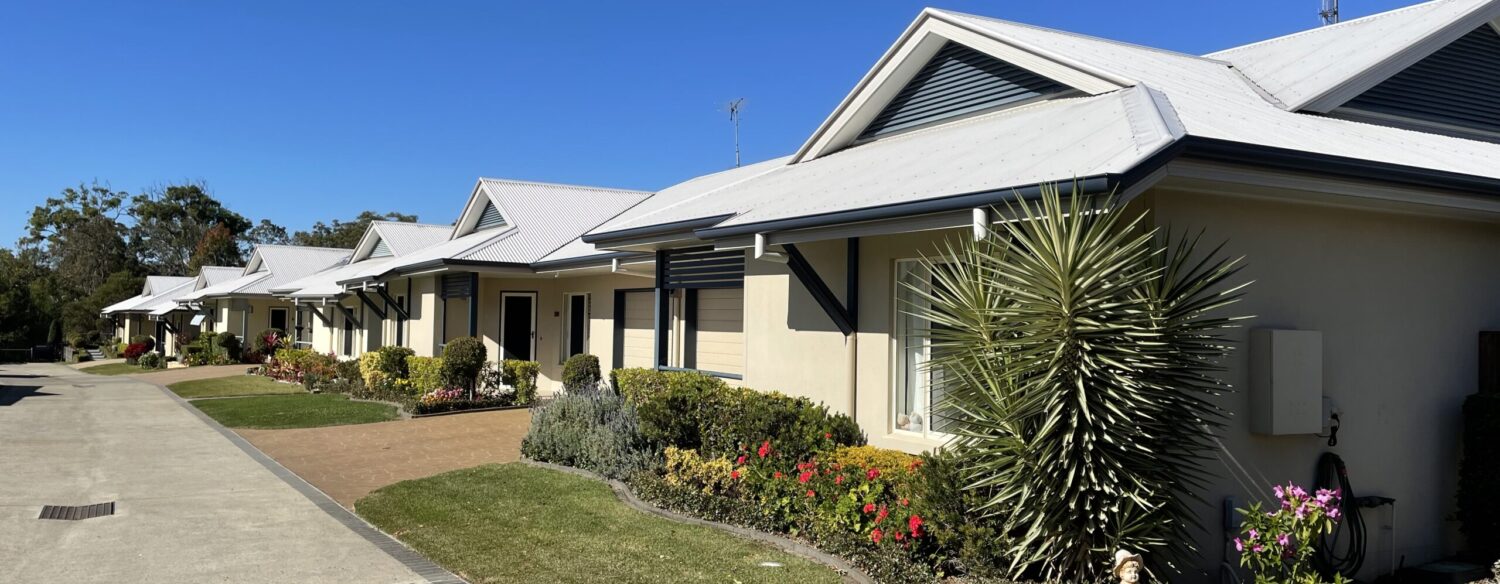Meditation, in connection with the dying process, has personally interested me, especially having been diagnosed with a heart condition (atrial fibrillation). Now, living in a retirement village — surrounded by a number of people edging closer to the end of life — meditation and the dying process continues to be relevant.
Meditation in Relation to Dying
Death is something that should really concern all of us — and in some sense, it should be at the back of our minds all the time.
People in the West often think this sounds rather morbid or depressing. They take the view that to think about death is something to be avoided, rather than considered as an important part of one’s life.
By contrast, for example, Buddhists have never felt it was a problem to think about death. In fact, they have always integrated it into their practice and into their experience.
The more one tries to avoid the idea of death, the more it becomes like a dark spot you dare not look at.
However, unless you practise and meditate in this life, you won’t be able to relate to the process which happens at death.
Guru Rinpoche, the great master who was responsible for starting the whole Tibetan Buddhist tradition in the eighth century, said that people who put on a kind of meditative spurt at the last moment find it somewhat late really. I do think that is very much the case.
Preparing yourself by meditating and practising before death doesn’t mean having a conceptual focus on death.
It is simply learning to be as attentive and focused as possible on the stream of your experience. That approach is going to hold you in great stead when the time of death actually arrives.
Death is likely to be quite traumatic, and if you are not already in touch with your experience sufficiently through the practice, you are not going to have much of a chance of relating to the process of dying.
Interestingly enough, the basic meditation practice not only links to (1) the process of death, but also to (2) the process of the bardo or intermediate state, and also to (3) the process of birth.
Those three things are inter-related; they actually occur in our experience all the time; we just don’t notice them.
It is quite important to be able to see how the more traumatic or dramatic experiences which are going to occur at the time of death and afterwards are foreshadowed by experiences that we are already continually having.
The most important thing in Buddhist meditation is to try and develop awareness of the stream of thoughts which constantly go through your mind, and to attend to the process of sensory experience — the things you see, hear, smell, taste, touch, and so on.
In order to focus like this, you usually need some object of attention, and in our tradition we do it in a relaxed way by focusing on the breath, specifically the out-breath.
We try to link the sense of out-breath with the feeling of space which is all around us, letting our attention dissolve with the breath into space.
Then as the breath comes in, we rest in the space, without making a big deal about that. So we don’t follow the breath inwards, we just think of the sense of relaxation.
As the breath goes out, again, we relate to the sense of space and awareness.
It might sound simple, but it isn’t actually easy to practise this. … If one tries to be too grasping and too frenetic, the ego actually gets in the way of the practice. So it is very important to focus on the sense of relaxation. …
So death is certainly something you can prepare for in this life.
It isn’t that the whole purpose of meditation is preparing for death. It is simply that the processes of death, of sleeping and dreaming and waking, and what happens moment by moment in this life is all the same. So by relating to any one of those you can relate to all the rest.
Source: Based on the following book. Shikpo, Rigdzin. Formless Meditation and the Dying Process. Old Marston, Oxford, UK: Registered Charity No. 802247, 1998.

